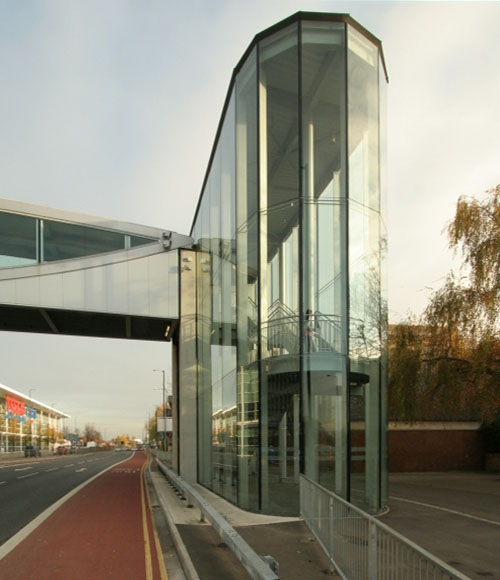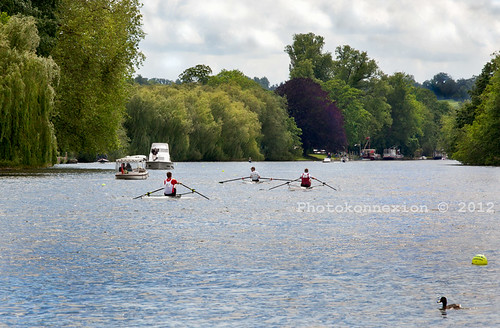Are your eyes wide shut?
Most people walk around with their eyes open. But not everyone sees the same things. Do people see the things that photographers see? What is it that photographers see that is different?
The way of seeing
After years looking through a lens I did not understand that photographers see things that other people do not see. Then I began a thorough study of composition. After a while of looking around at the world with my new insight I noticed two things. First, the lens distorted the view that my eye saw. Second, the compositional elements I had learned about changed my view of the world through the lens.
As I have studied photography, and in particular composition, I have found more and more insights. My view of photography as a discipline has completely changed from my early ideas. In my photographs I see many compositional possibilities that help me view the scene in front of me. The new things I learned about gave me new ways to see. There is nothing special about this. People go through rigorous professional training for years to get insights that affect the way they think.
The extraordinary thing is that I do not find it easy to explain what I see that is different. I just know that light, colours, lines, shapes, forms, colours and tones are all things I notice now that I did not before.
There are other things I see too. When we view the world we notice things that interest us and then filter out the clutter that is of no interest. Our brains simplify the world to make it understandable. That does not happen as readily in the real world. Yet when photographers get started they try to photograph everything as if the viewer can see past the clutter. In fact, in a photograph, the clutter gets in the way of the image. Photographers learn to distill the clutter from the photograph and present the image in a simplified way.
The other thing I have learned is that there is meaning in every image. That is something that is difficult to divine. Sometimes even the photographer cannot understand their own motive for shooting a picture or articulate the meaning in it. Yet there is always some personal, emotional, social or interest-based meaning underlying the shot. All sorts of hidden messages can be imparted by the image to the viewer – often in a subliminal way. These messages are readily open to being focused on by the photographer, amplified by the setting and the composition. The meaning becomes an important part of the image.
For me there are three dimensions in photography. The length of photography is seeing the light. By seeing and understanding light we see colour, dark, shadow, form – all the manifestations of the real world. The width of photography is the simplicity we bring to our images to make them understandable. By reducing the clutter and opening up the scene in the image for our viewer we let them in to perceive the point of the image. The height of the image is the meaning. By imparting a meaning, no matter how simple, we give the image a life which is detected by our viewers.
All the things which impact on a starter in photography become a sort of white noise. So it is difficult to see the core of what goes into images. Yet these three dimensions are there in every part of our work. It may not be easy to see straight away, but look for these things and your photography will improve.
Photokonnexion Photographic Glossary – Definitions and articles.
Composition resources on Photokonnexion
The meaning in a photograph (the third dimension).



